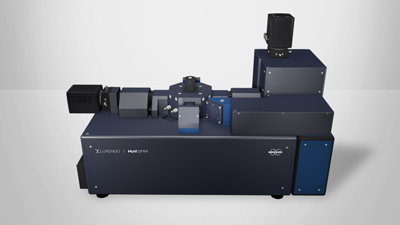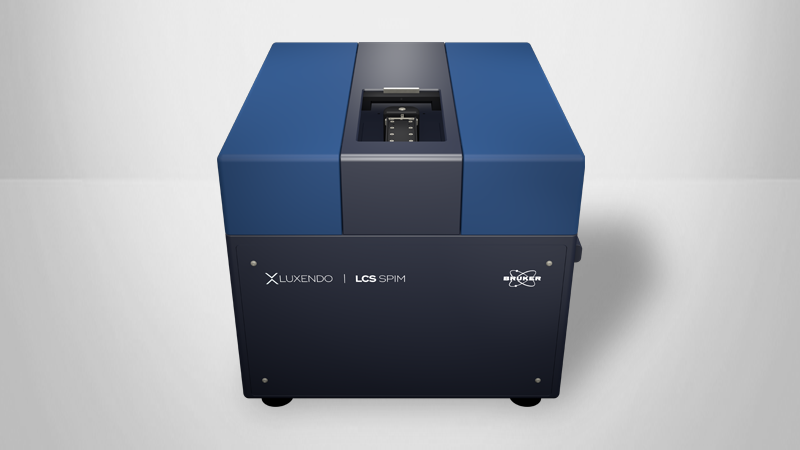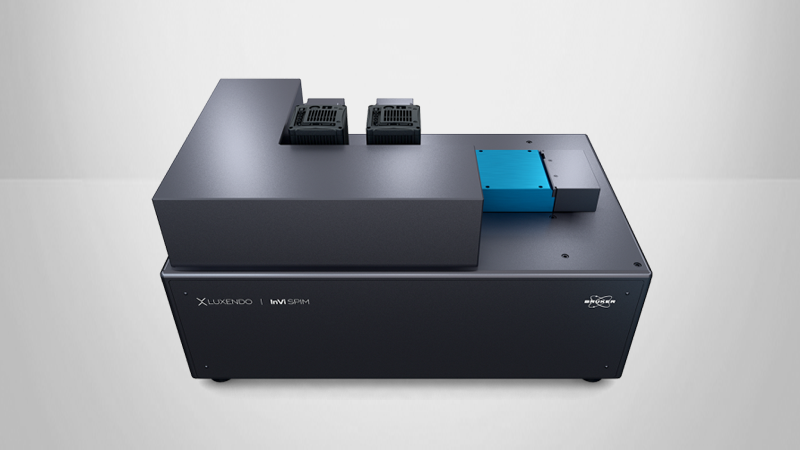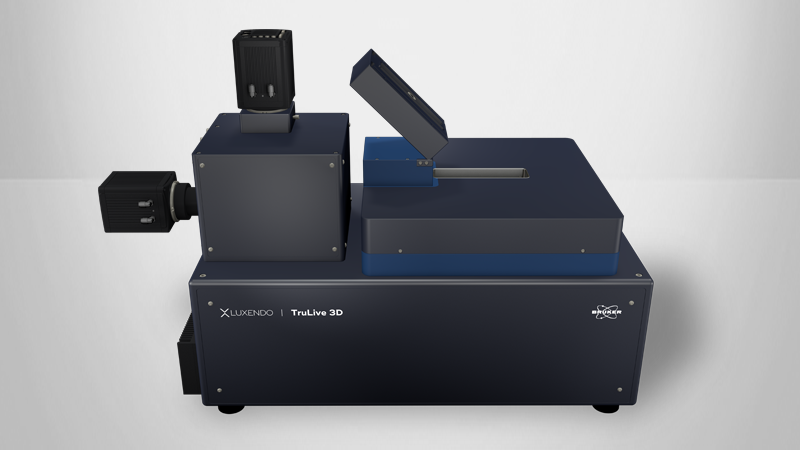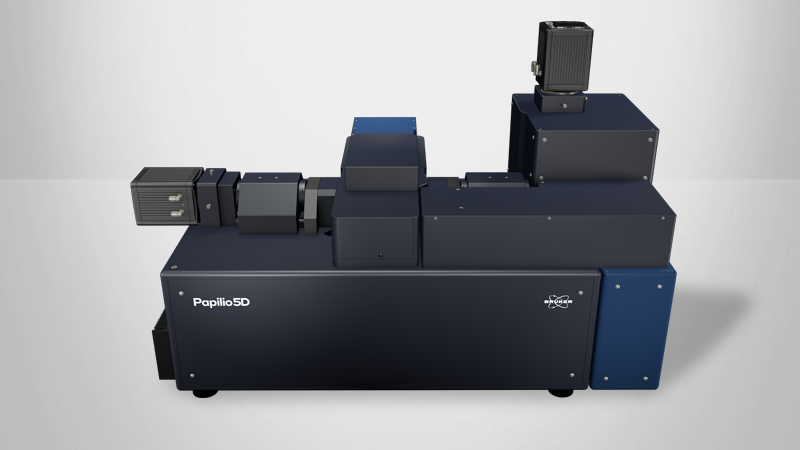Uniform Illumination Module
Typical digital scanning light-sheet microscopes use a Gaussian beam profile for their excitation beam. However, as a Gaussian beam is convergent at the start, ideal in the middle, and divergent at the end, axial blurring and reduced z-resolution at the edge of large fields of view (FOVs) can occur. These limitations of Gaussian beam profiles are overcome with Bruker's uniform illumination module.
How Does the Uniform Illumination Module Work?
A tunable acoustic gradient lens (or TAG lens) achieves fast axial scanning with superior light-sheet control, beam uniformity, and consequently uniform PSFs across the FOV.
With the uniform illumination module:
- A focused Gaussian beam moves along the illumination axis at ~70 kHz.
- Integration of the illumination beam over time and space produces an elongated, uniform light sheet.
- Out-of-focus information is reduced using a scanned light sheet in combination with line mode.
This module is available as an optional add-on for the MuVi SPIM and TruLive3D Imager and it comes as a built-in module for the LCS SPIM.
The uniform illumination module is particularly well-suited for high signal-to-noise ratio samples. By providing consistent lighting across the entire FOV, the module ensures that the signal-to-noise ratio remains stable throughout the imaging process. This is crucial for capturing accurate and reliable data, especially when dealing with high-contrast samples where subtle details are essential.
▲ The relationship of resolution and FOV. (1) High NA objectives allow a high resolution across a small FOV. (2) Low NA objectives allow a low resolution across a large FOV. (3) The uniform illumination module uses fast axial scanning to enable a high resolution across a large FOV.
